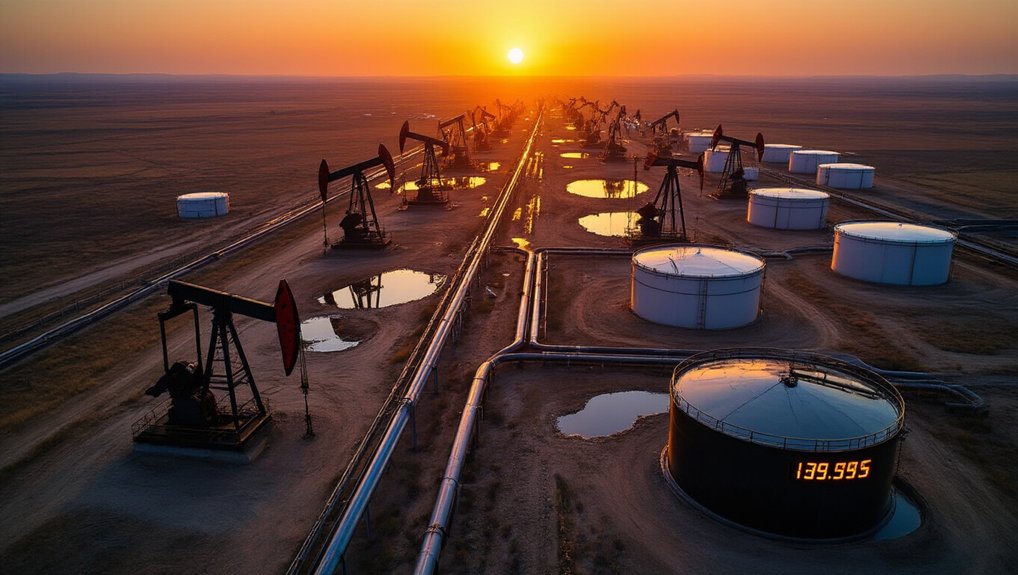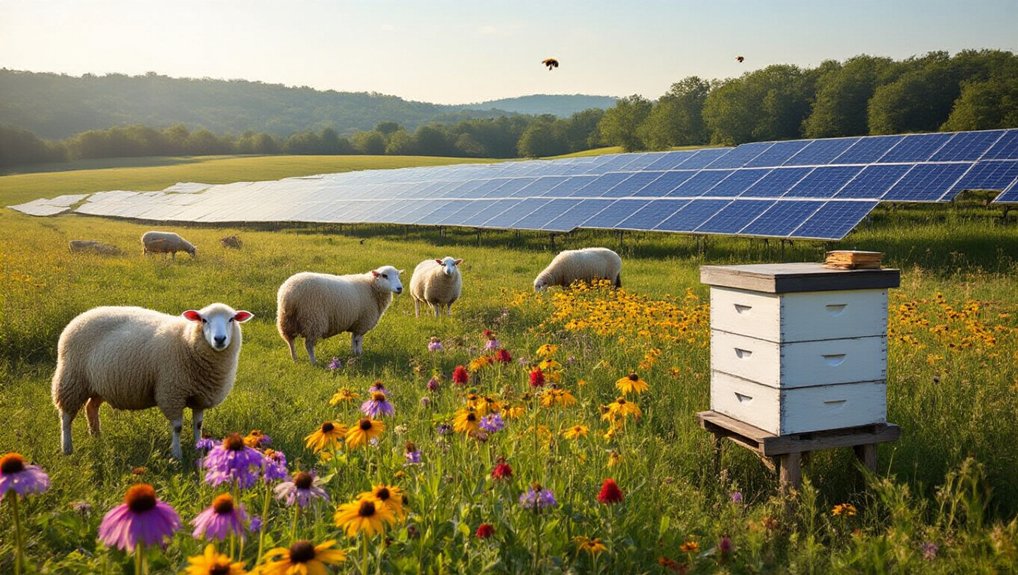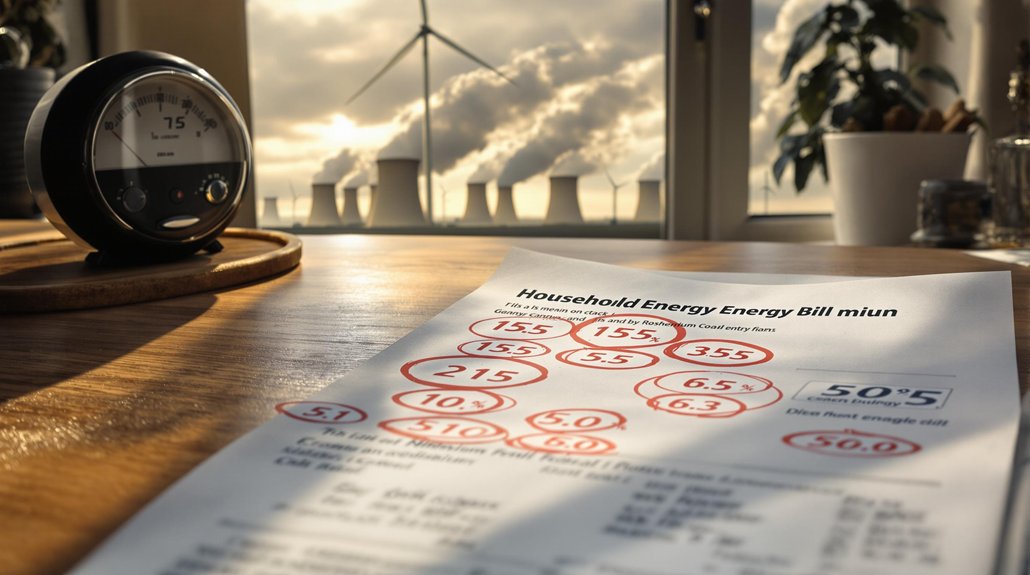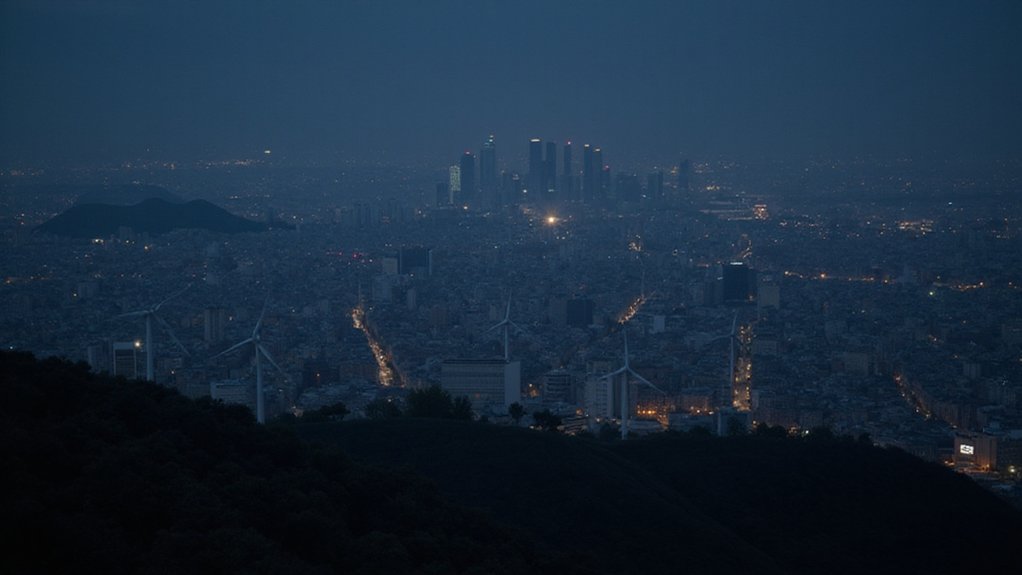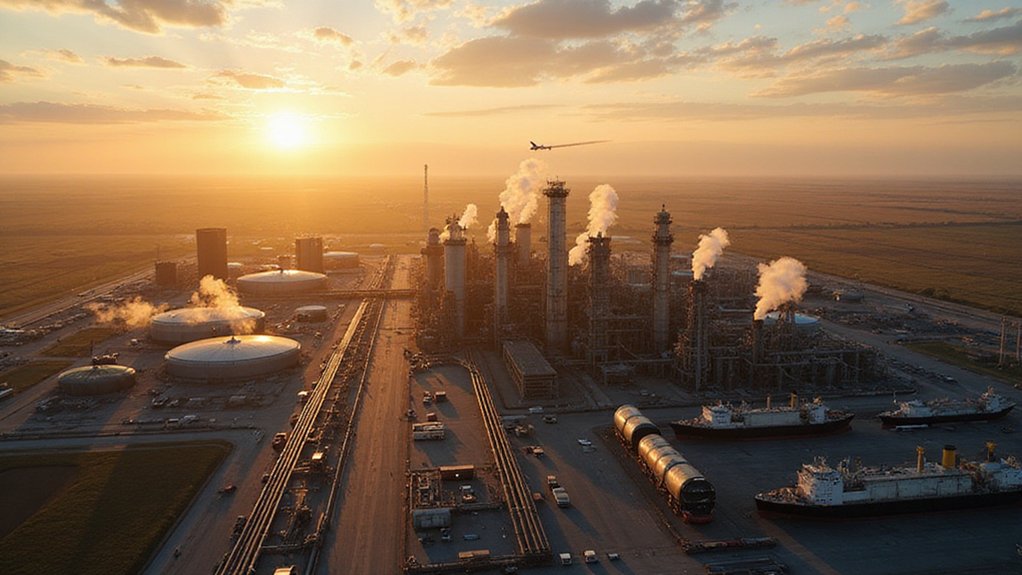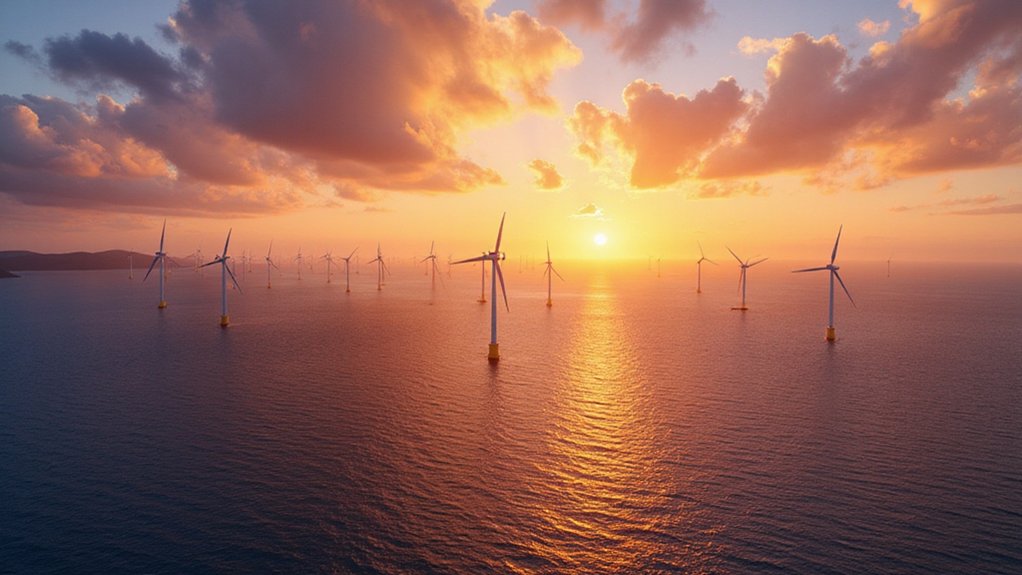When OPEC+ decided to crank open the oil taps for the third straight month, crude prices did what anyone with half a brain could predict—they crashed. Brent crude plummeted to $63.86, its lowest point in two years, as the cartel announced another 411,000 barrels per day increase for July 2025. That’s right, the same increase they rolled out in May and June. Apparently, consistency is their new thing.
The eight members driving this supply surge—Saudi Arabia, Russia, Iraq, UAE, Kuwait, Kazakhstan, Algeria, and Oman—are unwinding their 2.2 million bpd voluntary cuts from late 2023. Remember those cuts? The ones meant to prop up prices through 2024 and early 2025? Yeah, those are history now.
Saudi Arabia’s pumping toward 9.367 million bpd, Russia’s hitting 9.161 million, and everyone else is joining the party.
Here’s where it gets interesting. OPEC+ claims they can pause or reverse these increases if market conditions shift. Sure they can. Meanwhile, traders are betting on further price drops because, shocking revelation here, more oil usually means lower prices. The UAE’s even getting a bonus—an extra 300,000 bpd increase spread over 18 months. Lucky them.
OPEC+ can pause increases if markets shift. Sure they can. Traders aren’t buying it.
But wait, there’s more. Iran might dump another million barrels into the market if those U.S. nuclear negotiations pan out. Throw in EU trade tariffs, Russian oil sanctions, and the usual geopolitical circus, and you’ve got yourself a proper mess.
Iraq and Kazakhstan can’t even stick to their current quotas, so good luck with group discipline. Kazakhstan’s been particularly brazen, overproducing by 300,000 barrels per day above its allocated quota.
The elephant in the room? U.S. shale production sitting pretty at 13.5 million bpd. American drillers ramped up when OPEC+ tried stabilizing prices, and now they’re eating the cartel’s lunch.
OPEC+ is stuck between maintaining market share and watching prices tank, or cutting production and losing ground to Texas roughnecks. Despite all this chaos, OPEC+ insists the market fundamentals remain healthy, though their definition of healthy might differ from everyone else’s.
This 18-month unwinding plan through September 2026 looks ambitious. Or desperate. Take your pick. Either way, oil markets better buckle up—this ride’s just getting started. The timing couldn’t be worse as global upstream oil and gas investment is already projected to reach $570 billion in 2024, creating further downward pressure on prices.
References
- https://www.france24.com/en/live-news/20250531-opec-announces-sharp-increase-in-july-oil-production
- https://www.enerdata.net/publications/daily-energy-news/opec-announces-accelerated-oil-output-hike-june-2025.html
- https://www.ainvest.com/news/opec-boost-oil-output-consecutive-month-financial-times-2505/
- https://www.ndtvprofit.com/economy-finance/opec-agrees-on-third-oil-supply-surge-to-deepen-price-slump
- https://www.ainvest.com/news/opec-crossroads-crude-oil-markets-bracing-turbulence-2505/
